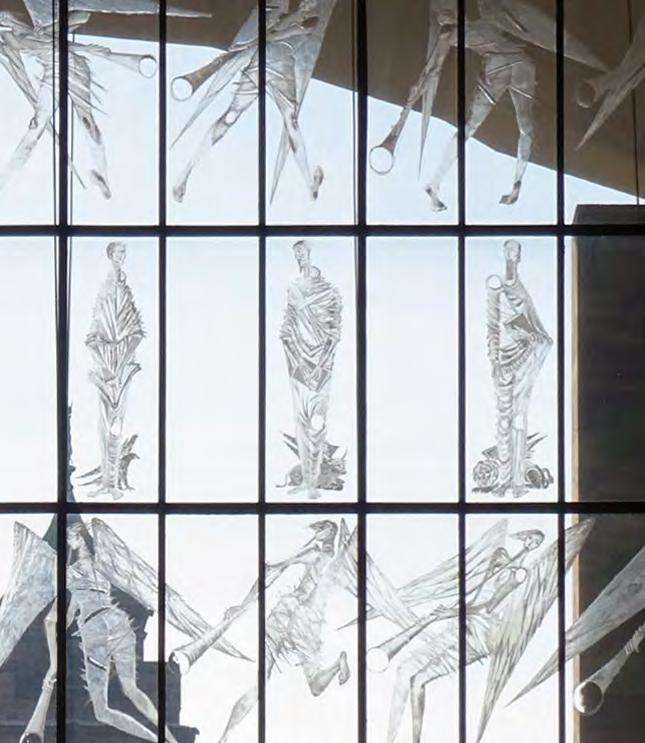ASSESSING SIGNIFICANCE
4.4 NATIONAL AND INTERNATIONAL APPROACHES TO ASSESSING SIGNIFICANCE
Historic England, Conservation Principles, Policies and Guidance, 2008 and revised draft 2019
ICOMOS Madrid-New Delhi Document, Approaches to the Conservation of 20th Century Cultural Heritage, 2017
Definition: Significance [of a place] The sum of the cultural and natural heritage values of a place, often set out in a statement of significance
Consultation draft: Conservation Principles for the sustainable management of the historic environment, 2017 The 2017 consultation draft of Conservation Principles has not been adopted by Historic England and there ae no current plans to do so. However, it is worth noting here a number of changes and additions in this draft:
Heritage Values: communal, evidential, historical and aesthetic
•
The consultation draft introduces the idea that ‘the relative weighting of the heritage asset’s interests (some parts may be more important than others)’, paragraph 15.
•
The four heritage values are replaced with three ‘interests’ in line with the NPPF, which are architectural and artistic, historic, and archaeological.
Definition: Cultural significance (also shortened to significance) means aesthetic, historic, scientific, social and/or spiritual value for past, present or future generations. Cultural significance is embodied in the heritage place or site itself, its attributes, its setting, fabric, use, associations, meanings, records, related places and related objects. Heritage places may have a range of significances for different individuals or groups.
Approach: Understanding a place and assessing its significance demands the application of a systematic and consistent process, which is appropriate and proportionate in scope and depth to the decision to be made, or the purpose of the assessment:
Approach: Article 1: Identify and assess cultural significance.
•
understand the fabric and evolution of the place;
1.1: Use accepted heritage identification and assessment criteria. The identification and assessment of the significance of twentiethcentury cultural heritage should use accepted heritage criteria. The cultural heritage of this particular century (including all of its elements) is a physical record of its time, location and use. Its cultural significance may rest in its tangible attributes, including physical location, views, design (for example, form and spatial relationships; colour schemes and cultural plantings; construction systems, fabric, technical equipment, as well as aesthetic qualities). Significance may also lie in use, historic, social, scientific or spiritual associations, or evidence of creative genius and/or in its intangible values.
•
identify who values the place, and why they do so;
•
relate identified heritage values to the fabric of the place;
•
consider the relative importance of those identified values;
•
consider the contribution of associated objects and collections;
National Planning Policy Framework, 2019
•
consider the contribution made by setting and context;
•
compare the place with other places sharing similar values; and
•
articulate the significance of the place.
96
Definition: Significance is the value of a heritage asset to this and future generations because of its heritage interest. That interest may be archaeological, architectural, artistic or historic. Significance derives not only from a heritage asset’s physical presence, but also from its setting. Approach: Paragraph 189 – In determining applications, local planning authorities should require an applicant to describe the significance of any heritage assets affected, including any contribution made by their setting. The level of detail should be proportionate to the assets’ importance and no more than is sufficient to understand the potential impact of the proposal on their significance. As a minimum the relevant historic environment record should have been consulted and the heritage assets assessed using appropriate expertise where necessary.














